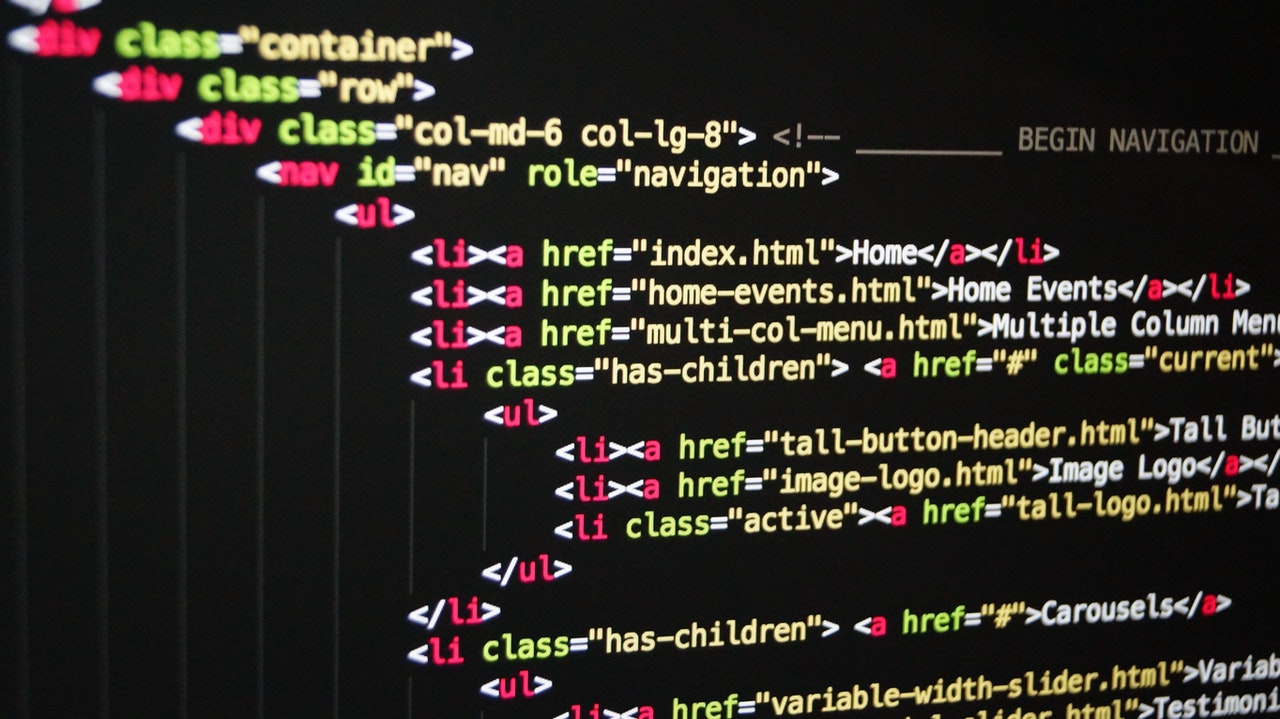If you own or manage a website you may be familiar with the process of “photo embedding” or “inline linking” an image or video on your site. Rather than hosting the image file on your own server you retrieve the image from another Internet site and embed the content as part of your webpage’s overall display. Users can’t tell the difference, but as a technical (and legal) matter you never “copy” the image to your server.
This practice is common, and has been performed millions of times on millions of sites. You have no legal concerns since you’re just channeling the image from another site. No worries, right?
Not so fast. This is actually a hotly disputed legal issue in the world of digital copyright.
For many years there actually were no worries. Way back in 2007 the Ninth Circuit created what has come to be called the “server test” in Perfect 10, Inc. v. Amazon.com, Inc. This gave unauthorized embedding a legal green light so long as the image resided on another server. In copyright lingo the embedding site does not host any “material objects … in which a work is fixed … and from which the work can be perceived, reproduced, or otherwise communicated” and thus does not communicate a copy. 17 U.S.C. § 101.
However, in addition to the right of reproduction the Copyright Act gives the owner of a work the right of public display – copyright owners have the exclusive right to “transmit or otherwise communicate… a display of the work… to the public, by means of any device or process.” 17 U.S.C. § 101. The Ninth Circuit used similar reasoning to hold that an image is not displayed when the embedding site’s computer does not store the photographic images.
For many years the “server test” has been shaky but accepted law. A few courts around the country suggested that the Ninth Circuit’s holding that unauthorized embedding didn’t constitute public display was questionable, but there were no clear rulings on this issue.
However, in the recent decision in McGucken v. Newsweek LLC (S.D. N.Y. March 21, 2022) a federal district court in the southern district of New York (the “SDNY”) outright rejected this rule in a case in which Newsweek embedded a photographer’s Instagram post in an online news article without his permission. The court focused on the right of display and concluded that –
After all, the Copyright Act defines “display” as “to show a copy of” a work, 17 U.S.C. § 101, and not “to make and then show a copy of the copyrighted work.” . . . The Ninth Circuit’s approach, under which no display is possible unless the alleged infringer has also stored a copy of the work on the infringer’s computer, would seem to make the display right merely a subset of the reproduction right. . . . The Copyright Act makes clear, however, that to “show a copy” is to display it. . . . Therefore, the Court finds that Defendant did in fact display Plaintiff’s Photograph when it embedded the Photograph in the Article.
In fact, this is the second time an SDNY court has reached this conclusion. In Goldman v. Breitbart News Network, LLC (2018) the district court held that an embedded tweet violated the photographer-plaintiff’s right of public display: “the plain language of the Copyright Act . . . provides no basis for a rule that allows the physical location or possession of an image to determine who may or may not have ‘displayed’ a work within the meaning of the Copyright Act.” (See my earlier post, Is In-Line Linking Illegal Now?).
However, in Goldman the Second Circuit denied interlocutory review and the case settled before any appeal. Hence, the issue didn’t reach the Second Circuit in that case.
The split between the Ninth Circuit and the trial courts in the southern district of New York leaves website owners with a difficult decision – do they assume that Ninth Circuit law is controlling, and therefore continue to embed images? Clearly, for trial judges in SDNY the answer is “no” – these courts, at least, have made clear that they view this practice to be a violation of the right of public display. And, since a copyright plaintiff can often engage in “forum shopping” and file a copyright suit in that district the only safe conclusion is that this practice should be avoided nationwide, at least until one of the southern district cases reaches the Second Circuit on appeal and the split between the SDNY and the Ninth Circuit is resolved. If the Second Circuit creates a circuit split with the Ninth Circuit at the appellate level, the issue would be ripe for Supreme Court review.
There is another dimension to this issue that bears mentioning: the copyright issues are intertwined with complex terms, conditions and technical measures imposed by photo hosting services.
The poster child for this is Instagram. Instagram is the most popular source of images for embedded images, and it facilitates embedding by providing an embedding API. Late last year Instagram introduced a new feature allowing copyright owners to disable the embedding feature for photos they post. Before that, Instagram posters had to elect to use a private account to block unwanted embedding.
Instagram’s change to its embedding policy may reduce the likelihood of future copyright cases on this issue, but not by much. Many Instagram posters are unlikely to become aware of or implement this feature. Other social media and photo hosting sites, such as Twitter, Facebook and Flickr, have not followed Instagram’s policy. And, of course, there are millions of hobbyist and small-business sites that will not bother to block photo embedding, making it likely that this issue will continue to be the subject of litigation.
Stay tuned.
McGucken v. Newsweek LLC (S.D. N.Y. March 21, 2022)
Goldman v. Breitbart News Network, LLC 302 F.Supp.3d 585 (S.D.N.Y 2018)
